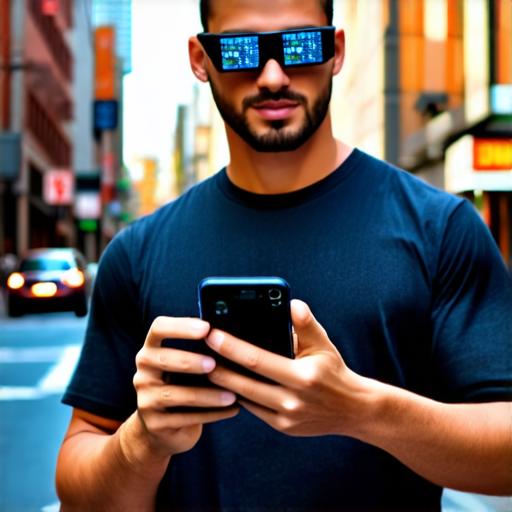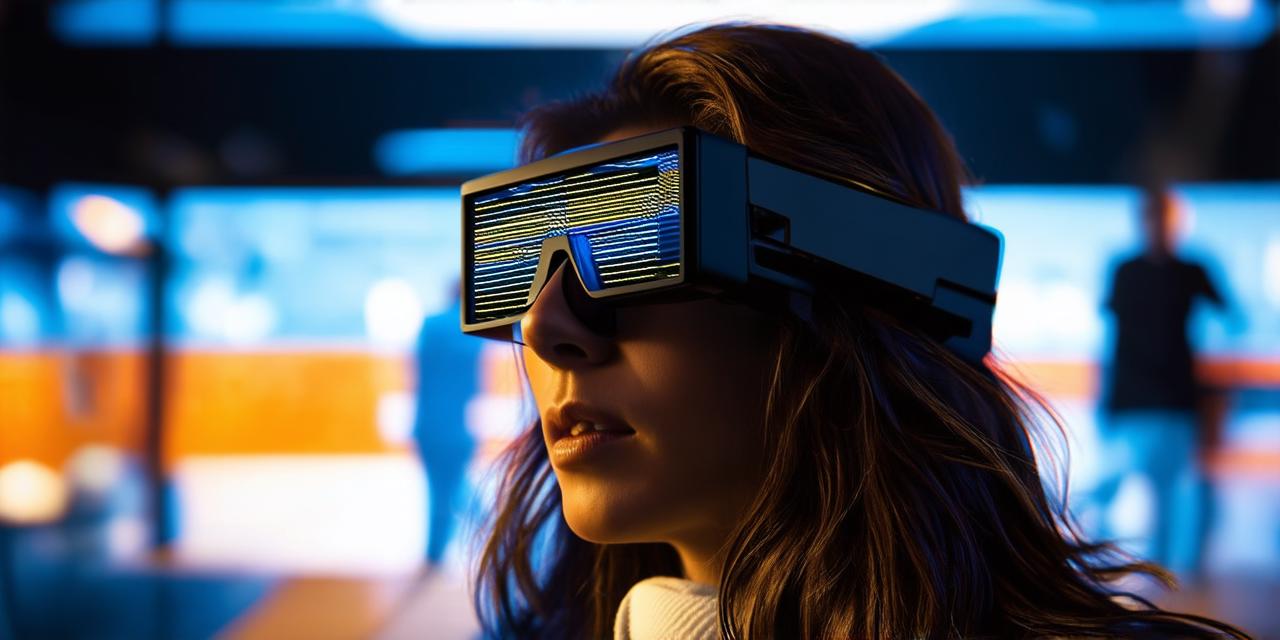Have you heard of augmented reality? It’s an exciting technology that combines the real world with computer-generated imagery, creating a digital overlay on top of physical objects or environments.
What is Augmented Reality?
At its core, augmented reality is a technology that superimposes digital information on real-world objects or scenes. This digital information can be images, videos, sounds, and even interactive experiences, which are seamlessly integrated into the physical environment. AR applications use cameras, sensors, and algorithms to track the real world and create an overlay of digital elements on top of it.
AR vs VR: What’s the Difference?
It’s important to note that augmented reality and virtual reality (VR) are often used interchangeably, but they are different technologies with distinct features. Virtual reality creates a completely immersive experience, where users are fully disconnected from the real world and placed in a simulated environment. In contrast, augmented reality adds digital elements to the real world, allowing users to interact with both physical and virtual objects.
AR Applications: Real-World Examples
Augmented reality has numerous applications across various industries, including gaming, education, healthcare, retail, and more. Here are a few examples of how AR is being used in these fields:
- Gaming: In the world of gaming, augmented reality allows for interactive experiences that blend real-world environments with digital elements. For example, the popular mobile game Pokémon Go uses AR to let players catch virtual creatures in real-world locations.
- Education: AR can be used to enhance learning experiences by providing students with immersive and interactive visualizations of complex concepts. For instance, medical students can use AR to visualize anatomy, while history students can explore ancient civilizations through 3D models.
- Healthcare: AR has the potential to revolutionize healthcare by allowing doctors to perform surgeries with greater precision and accuracy. For example, the da Vinci Surgical System uses AR to guide surgeons during procedures, reducing the risk of complications and improving patient outcomes.
- Retail: AR can be used to create engaging product demonstrations and virtual try-on experiences. For instance, IKEA’s AR app allows customers to see how furniture would look in their homes before making a purchase.
AR Development: Tools and Frameworks
If you’re interested in developing AR applications, there are several tools and frameworks available that can help you get started. Here are a few popular options:
- Unity: A popular game engine that also supports AR development. It offers a wide range of features and plugins for creating engaging experiences.
- Vuforia: An AR SDK that allows developers to create interactive applications for iOS, Android, and other platforms. It includes tools for tracking objects, recognizing markers, and creating custom experiences.
- ARKit: Apple’s AR development framework for iOS devices. It provides a range of features for creating AR experiences, including object tracking, scene rendering, and gesture recognition.

AR Future: Trends and Predictions
The future of augmented reality is exciting, with new technologies and applications emerging all the time. Here are a few trends and predictions for the future of AR:
- Wearable Devices: As wearable technology continues to advance, we can expect more AR experiences to be delivered through smart glasses, headsets, and other wearable devices.
- 5G Networks: The widespread adoption of 5G networks will enable faster and more reliable AR experiences, allowing for real-time interaction between physical and virtual objects.
- Artificial Intelligence: AI will play a crucial role in AR development, enabling more advanced object recognition, tracking, and interaction.
